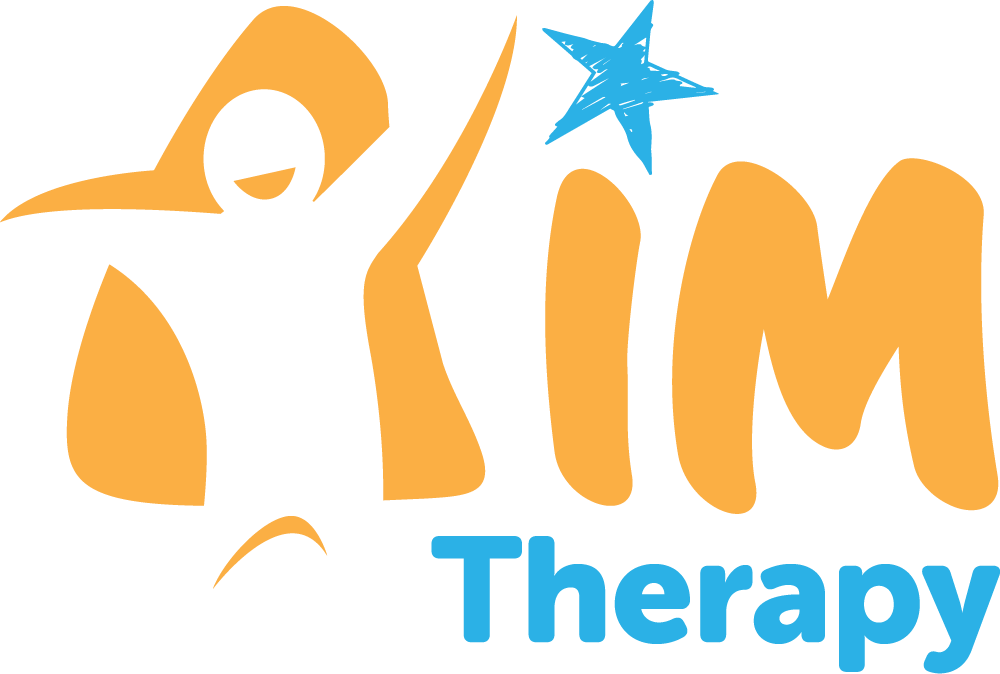5-7 Year olds
Understanding Occupational Therapy Services Across Age Groups
At AIM Therapy, we recognise that each stage of a child’s development presents unique challenges and milestones. Our occupational therapy services are tailored to support children from infancy through adolescence, focusing on enhancing their ability to perform daily activities and participate fully in their environments. By addressing specific developmental needs at each age bracket, we aim to foster independence, confidence, and overall well-being in every child.
For children aged 5 to 7 years, occupational therapy focuses on refining fine motor skills, such as handwriting and cutting, improving sensory processing abilities, and enhancing cognitive functions like attention and visual perception. As children progress to the 8–12-year-old bracket, therapy shifts to address more complex tasks, including advanced handwriting skills, self-care routines, time management, and social interactions. Our therapists employ evidence-based strategies and collaborate closely with families and educators to ensure that interventions are meaningful and effective, supporting each child’s journey towards achieving their full potential.
Occupational Therapy for 5, 6 and 7 Years Old
If a number of difficulties are exhibited in the following areas, and are interfering with the child’s ability to perform at an age appropriate level within the home or school environment, an Occupational Therapy referral is recommended.
Fine Motor
- Difficulty controlling pencil to draw, write, colour and/or trace
- Pencil pressure too heavy/light
- Immature pencil grasp affecting pencil skills
- Inconsistent hand preference
- Holds head close to paper when writing
- Does not use non-preferred hand to assist and stabilise
- Difficulty cutting
- Avoids fine motor activities
- Slow to complete work
- Hand tremor
- Difficulty with buttons/zips
- Difficulty with hand action songs
- Difficulty copying name
- Difficulty drawing a person
- Excessive body movements whilst writing eg. movements of other hand/mouth
- Repeatedly adjusts position of body and/or paper when performing pencil activities
Sensory
- Fearful when feet leave the ground
- Dislikes moving play equipment
- Dislikes being touched
- Dislikes getting hands dirty, and/or playing with sand, play dough, paints etc.
- Excessive touching of objects and people
- Tends to use mouth instead of hands to learn about toys
- Likes to take frequent movement mbreaks
- Tires easily
- Covers ears frequently
- Distracted by noise
- Very sensitive to noise
Cognitive/Perceptual
- Slow to learn or master new skills
- Difficulty copying shapes Lacks body awareness – bumps into things
- Seems to understand verbal instructions but cannot complete the task
- Difficulty with ball skills
- Difficulty with visual tracking, loses place when reading
- Squints, rubs, watery eyes
- Difficulty finding objects against a cluttered background
- Difficulty putting puzzles together
Behaviour (if associated with difficulties in previous columns)
- Low self esteem Inappropriate or immature behaviour
- Difficulty attending/ concentrating
- Overactive
- Underactive
- Has difficulty getting along with peers
- Reluctant to new and/or challenging tasks
